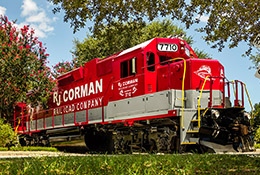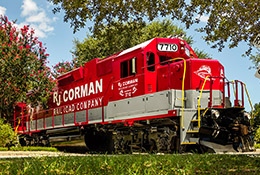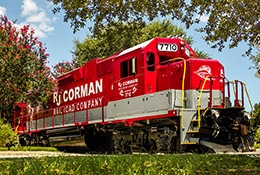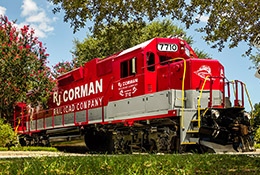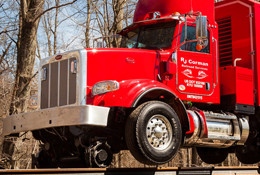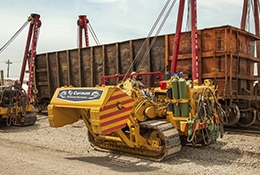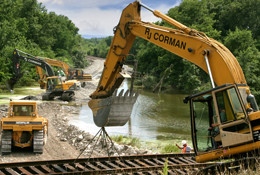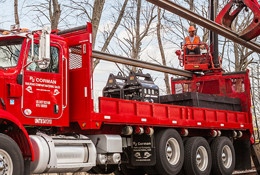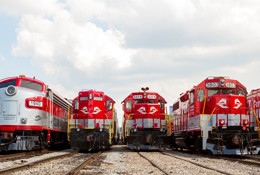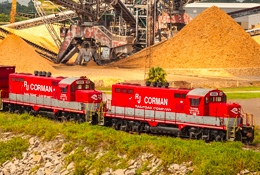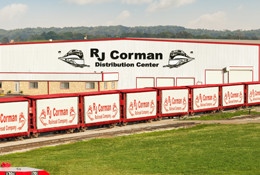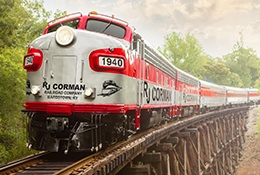Transloading is the process of "transferring-the-load" of products from one mode of transportation to another, specifically between trucks and railcars.
With transloading, you can save money by using railroads, even if your facility does not have railroad tracks coming to it. It’s like taking a taxi to or from the airport – the taxi will go right to your house, but it’s way too expensive to go long distances. You save money by switching from one mode of transportation to another.
Example Scenarios
There are many ways to accomplish this, and R. J. Corman specializes in creating custom solutions for our clients. Below are three basic overviews on how transloading could work for you. For more specific method concepts for various commodities, see our Products page.

Scenario 1: Transload at Origin
If you want to save on outbound shipping to a destination that does have rail access, such as a distribution center, R. J. Corman can help you arrange trucking to the nearest transload terminal and transfer your products onto railcars for the long haul.
Scenario 2: Transload at Destination
If you want to save on inbound shipping from a rail-served origin, R. J. Corman can help you arrange trucking to from nearest transload terminal and transfer your products from railcars onto trucks for the relatively short drive to your facility.
Scenario 3: Transload at Both Ends
You can even utilize rail if neither your origin nor destination locations don't have tracks. Our team can help you determine the solution.
Methods
Depending on the product, various equipment is used to move goods or materials from one mode of transportation to another.
Forklift
Conveyor
Loader
Crane
Pump

